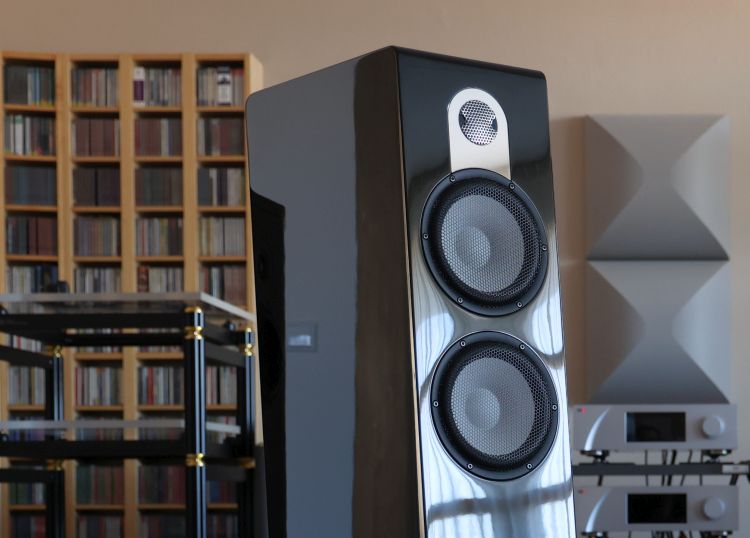
Listening
Naturalness ranks at the very top of the list of properties for Marten loudspeakers and even in the face of very high inherent resolution and great transparency, their speakers always sound unforced to me and very natural indeed. After having reviewed the higher-tier Mingus Quintet in 2017, I anticipated the more affordable Parker Trio to introduce some concessions. But it has to be said, these concessions are not at all obvious, and the Parker Trio portrays all of the typical hallmarks of a Marten speaker.
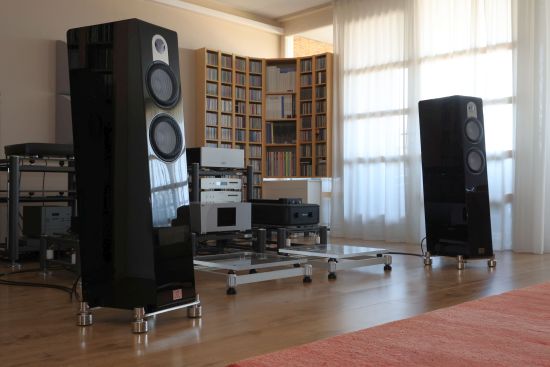
Sure enough, the resolution and transparency are beyond reproach. The speakers are easily as highly resolving as my Magico S1 MkIIs and offer fuller bass that goes significantly deeper. The Parker Trios have a wonderful cleanness and purity with excellent detail retrieval, yet they are sweet and sound remarkably lush. These speakers are precise but with a relaxed musicality-first approach. You will hear flaws in recordings but never in an unforgiving manner. In part, this is because while they are articulate and highly resolving, they also possess a gentlemen-like restraint that generally avoids hardness and sharp transients. Another reason is that the bass is not of the iron-fisted kind but rather more akin to how a full-range dipole ribbon speaker reproduces bass. It’s just all there with no effort at all as if radiating from a very large surface.
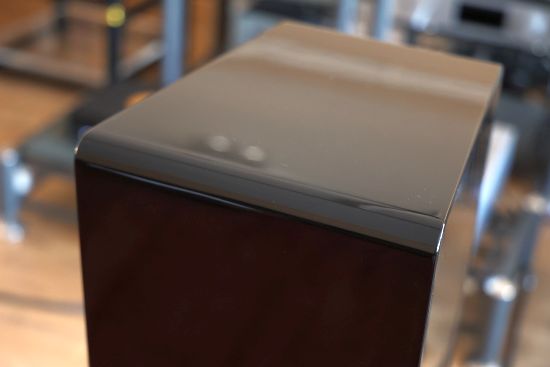
The Parker Trios work well with pretty much all genres such as classical, soul, vocal, pop, fusion, world music, and electronic, but their relaxed smoothness makes them arguably work less well with rock and other styles that require a decidedly iron-fisted or hard-hitting speaker behavior. The speakers will happily pump out the most demanding of music styles and as loudly as you like (louder than I can take, actually) but I would say they are more suited for the riper music lover and audiophile.
Imaging is rock-solid while the soundstage hangs airily and entirely freely all around the speakers. The overall presentation is relaxed but not slow. Likewise, I would not characterize the imaging as either forward or laidback but rather in-between, with the stage expanding equally in all directions.
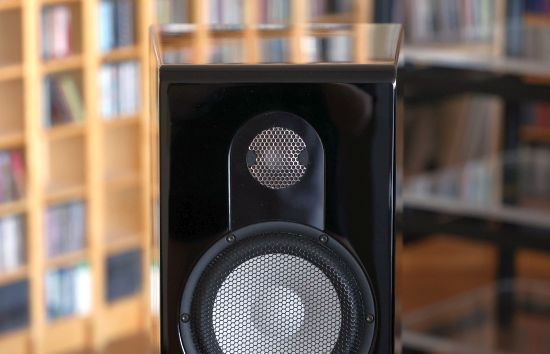
The Parker Trio’s treble performance in particular is truly superb. It may occasionally be just a tad spicy but thanks to its utter purity and articulation, combined with its remarkably immediate, impulsive, and dynamic behavior, I feel that this speaker’s high-frequency range is superbly realistic. Hi-hats, for instance, not only have the familiar shimmer, but the initial energetic attack with that characteristic wood-on-metal whack is also reproduced in a thoroughly convincing manner.
While on the subject of treble, I should note that one area in which the Mingus Quintet improves on the Parker Trio is in terms of ultimate refinement. When I reviewed the Mingus Quintet, I was amazed at the immense subtlety and refinement of the Diamond tweeter, especially since it was combined with retina-like resolution. At the time, I had a long and recent history of using Magnepan and Apogee ribbons and I vividly recall feeling that the Mingus Quintet was the first speaker to offer not just an alternative but even more highly resolving and even more delicate treble performance. With that experience in mind, the Parker Trio’s treble is admittedly relatively a little less finely resolved and less delicate. But these relative differences aside, the Parker Trio’s treble is infinitely more refined than the average soft-fabric dome tweeter.
Just to be sure, I set out to obtain a second opinion from my younger neighbor Jessyca who is not spoilt by audiophile pretensions but has very sensitive ears. Not having told her what to look out for, I had her listen to a few tracks. She never flinched and when asked later confirmed that the treble could indeed be on the edge, but never overbearing, and actually generally sweet. Moreover, she praised the speaker’s naturalness and unforced soundstaging. I guess that says more than enough:-)
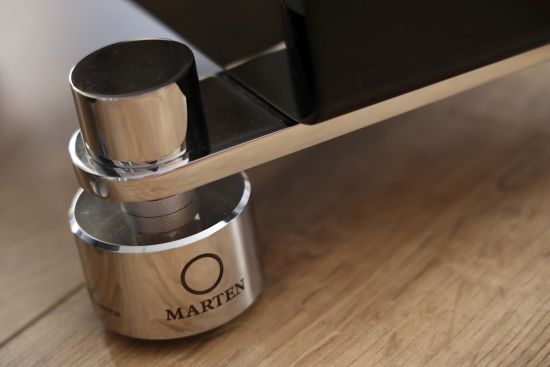
Stable as a Rock
The Marten Isolators not only provide resonance control but they also plant the speaker extremely firmly on the floor. Especially when you have a hard floor like the laminate that I have, you will find that the Isolators will create a vacuum seal with the floor, preventing the speaker from ever coming from its place. That is unless you want it to as it can easily be decoupled by tilting the speaker sideways.
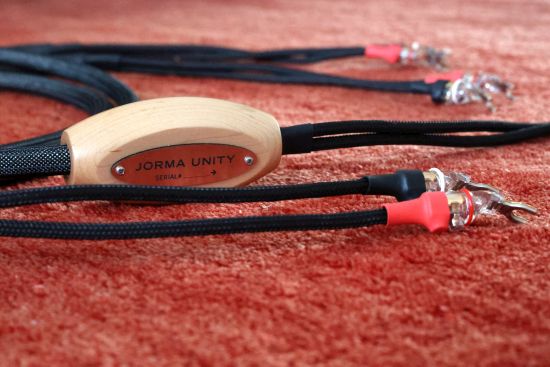
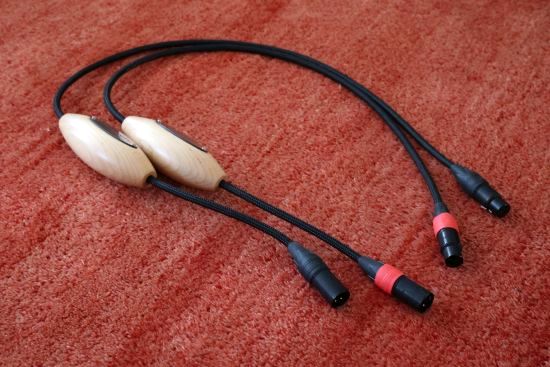
Jorma Cables
Along with the speakers, I was also provided with a range of Jorma Cables: the Unity XLR interlink, Unity Speaker Cables, and Unity Power Cables. Rather against my prediction, the cables turned out not only to work superbly synergistically with the Parker Trios, but they also proved a smashing success by further elevating the overall quality of the system. Both the interlinks and speaker cables were instant successes, improving the definition and expression while remaining fluid, tonally rich, and natural.
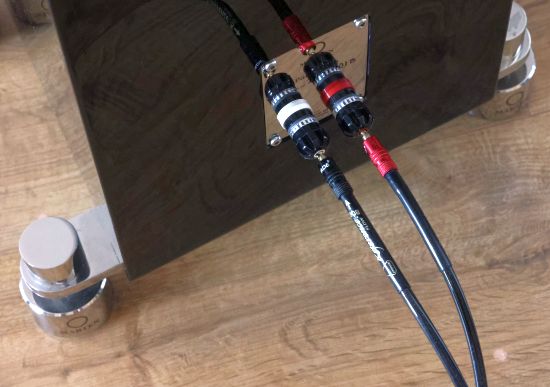
Driade Flow Reference 808 Speaker Cables worked wonderfully well but there was an extra special synergy when using Jorma Unity speaker cables
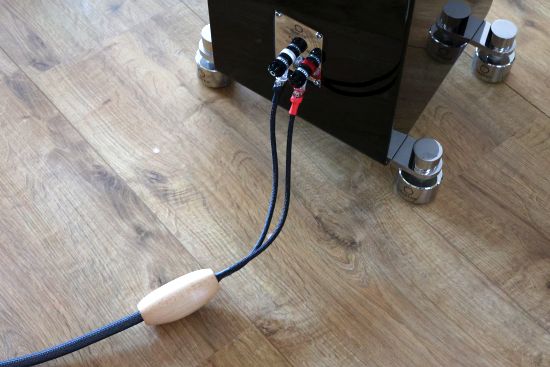
The power cables leaned more toward the sweet and voluptuous side, providing a particularly lush delivery that was just a little too mellow for my system and taste. As it follows, this review was carried out with the Jorma Unity interlink and speaker cables in place, and they never left the system! These cables are so exceptional that they deserve a separate review:-)
Diamond Edition
If there’s a lust for the elusive infinite refinement and delicacy that diamond tweeters can bring, then it is good to know that the Parker Trio can be upgraded to Diamond edition. This upgrade entails not only a Diamond tweeter, but also more advanced crossover components (including copper foil capacitors and inductors), improved terminals, and Jorma Statement internal cables. I’m told that this upgrade is far from subtle and I believe it! Of course, it comes at a price, but I’d wager that the extra 13k will bring the Parker Trio significantly closer to the Mingus Quintet.
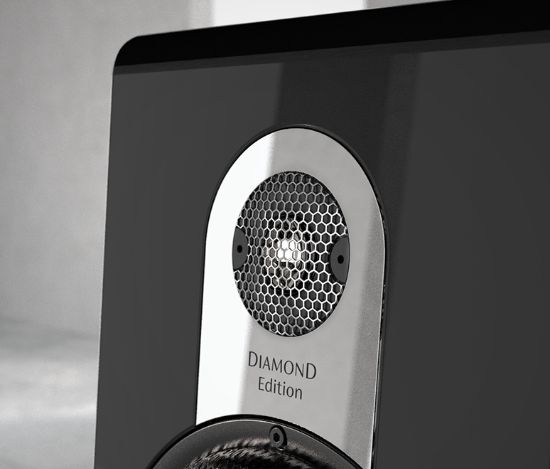
Conclusion
At a hair under 20,000 euros, the Parker Trio may not be a bargain but it has to be noted that this speaker possesses a heck of a lot of the typical hallmarks of much more expensive Marten products. In today’s world of ever-inflating audio equipment prices where one often pays more to get less compared to 10 years ago, the Parker Trio delivers true value for money.
The Parker Trio provides a wonderful cleanness and purity with excellent detail retrieval, yet with remarkable sweetness and lushness. These speakers are precise but with a relaxed musicality-first approach. You will hear flaws in recordings but never in an unforgiving manner. The Parker Trio is a speaker for those who not only want to relax into the music but also want to hear what is going on in the mix whilst avoiding turning into an audio critic.
External Links
Manufacturer: Marten
Distributor for the Netherlands, Belgium, and Luxembourg: HVP Audio
Tel: +31614926947
Email: hvp.audio@telfort.nl
Distributor for France & Monaco:
PRESTIGE AUDIO SELECTION
Contact : Marc Loubeau
Tel: +33(0)6 49 89 68 88
Email : contact@prestigeaudio-selection.fr
Two portfolios :
Prestige Audio Diffusion: www.prestigeaudio-diffusion.fr
Prestige Audio Selection: www.prestigeaudio-selection.fr
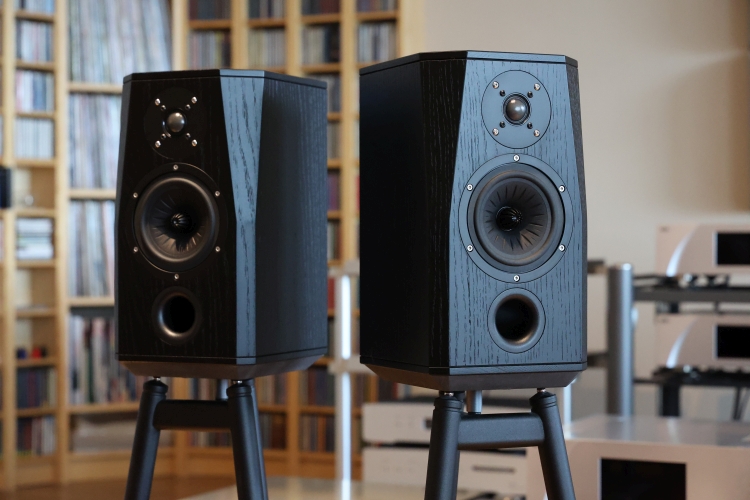
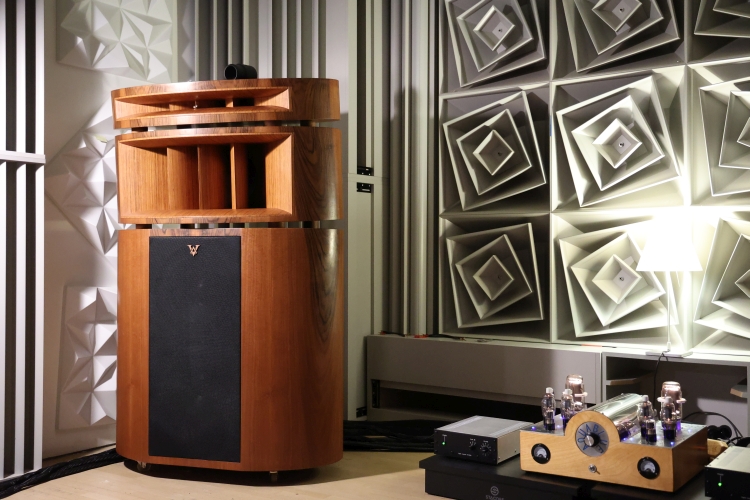
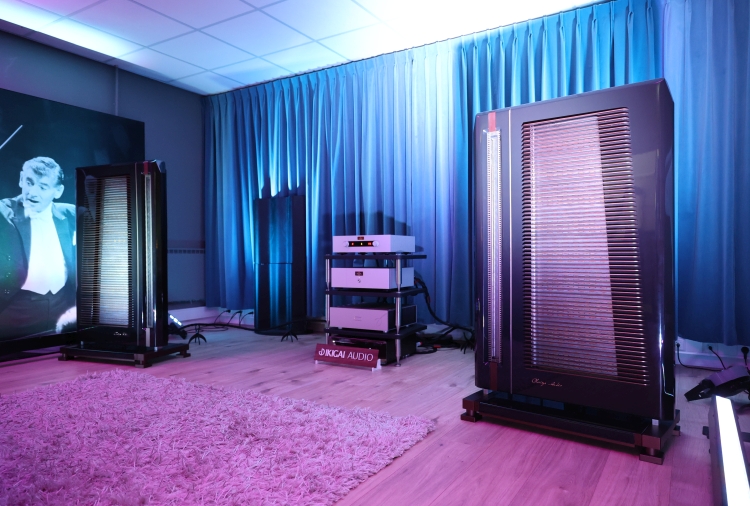
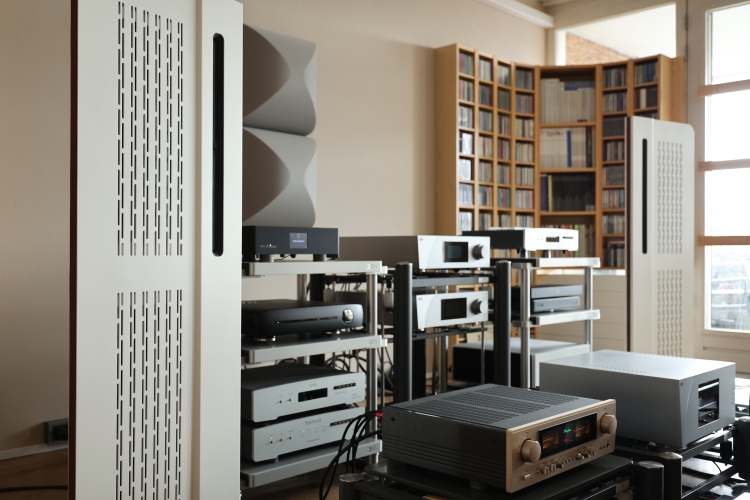
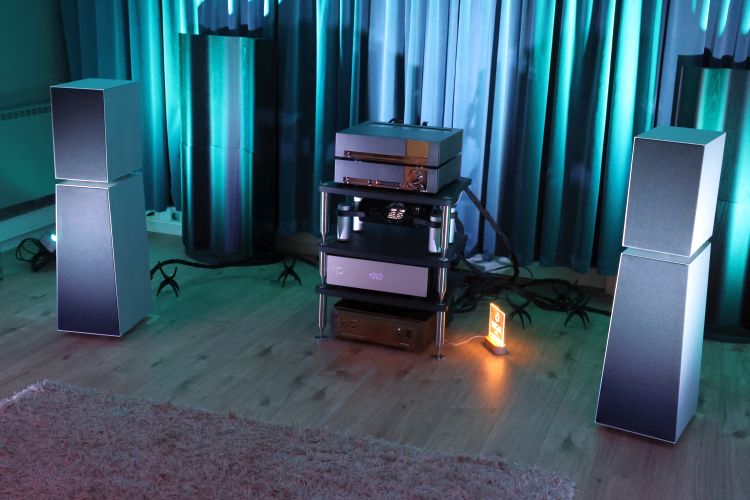
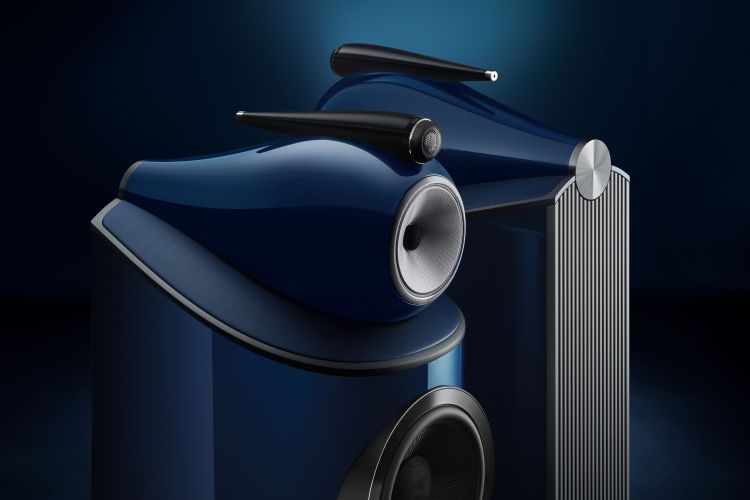
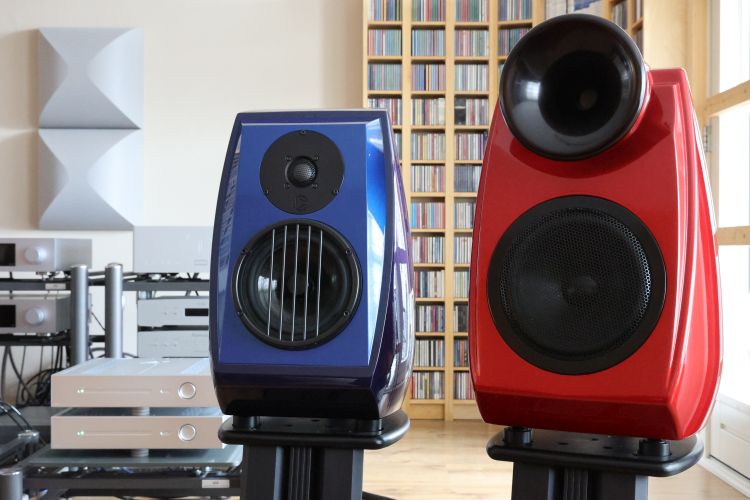
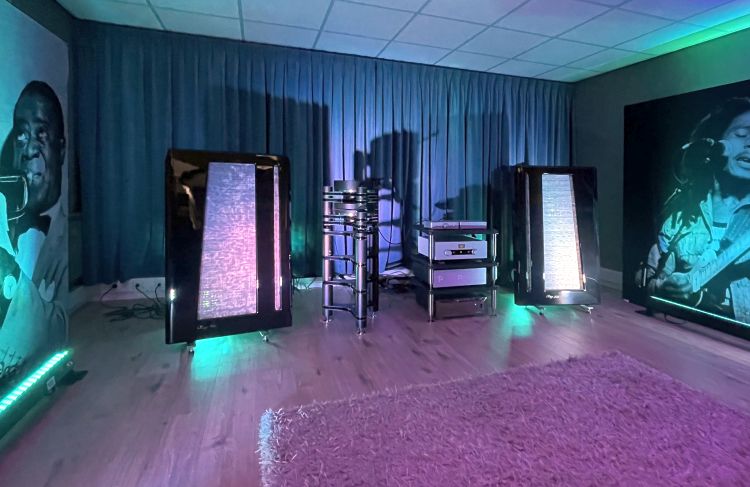
Hi,
Many thanks for your excellent review of the Parker Trio. I love the speakers and they are on order. I am curious to know more about your comment regarding rock music. Is it that they won’t portray rock music accurately with good bottom end extension and mid bass wallop or just that they will lack ultimate slam?
I love rock, hence the question. Would also like to know which speakers do you think might be more suitable for rock in comparison
Thanks
Sujay
Hi Sujay, They have plenty of bass, in volume, depth, and slam. It’s not about accuracy either, but rock music IMO requires a bit of roughness or agression and the Parkers mostly remain polite. Magico also isn’t ideal for Rock either, but the S1 MkII’s that I use do it a little better as they are a bit more incisive and direct. Strictly ideal for rock, I would say, are speakers like “typical” (not all) JBL or Klipsch, but these are arguably not ideal for some other styles. Audio Physic, TAD, Focal and Sonus Faber also do well with rock. This is all a bit generalizing of course, but that’s required to paint a broad picture:-) Do let us know how you get on!
Thanks, Christiaan! That’s really helpful.
I just got my Parker Trio Diamonds in Piano Walnut and they are running in as we speak. First impressions are that they are every bit better than I had expected. Mids up, I haven’t heard anything better and contrary to what some people have told me, the tweeter sounds ethereal, not harsh at all
The bass is tight with loads of slam……I’m really enjoying these speakers as they break in…….and they look every bit the part…an absolute joy to behold
Now that you’ve had the Parker Trio Diamonds for 18-ish months, what are your impressions now? How do they handle rock? I run the gamut from intimate jazz to metal to EDM, and often listen to RHCP, Tool, Zeppelin, etc. Do these indeed blow your hair back on that type of source music, or are there compromises?
Hi Jon, The speakers went back to the manufacturer after the review. From what I recall, they handled rock well, and they had no problems playing loudly.
Hi, the speakers continue to enthrall! They do rock very very well. Especially playing unrestrained with excellent mid bass response. These speakers can play loud! Having said that I am not sure if there are a substitute for a speaker with two 15 inch woofers per side. For that, I have heard the Marten Coltrane quintet which has deep propulsive bass to fill a large room. The Parker trio in a medium sized room do not leave anything wanting though
The diamond version sound very different to the ceramic version. In my opinion, these speakers are very difficult to beat in smaller rooms. I bought the diamond version…